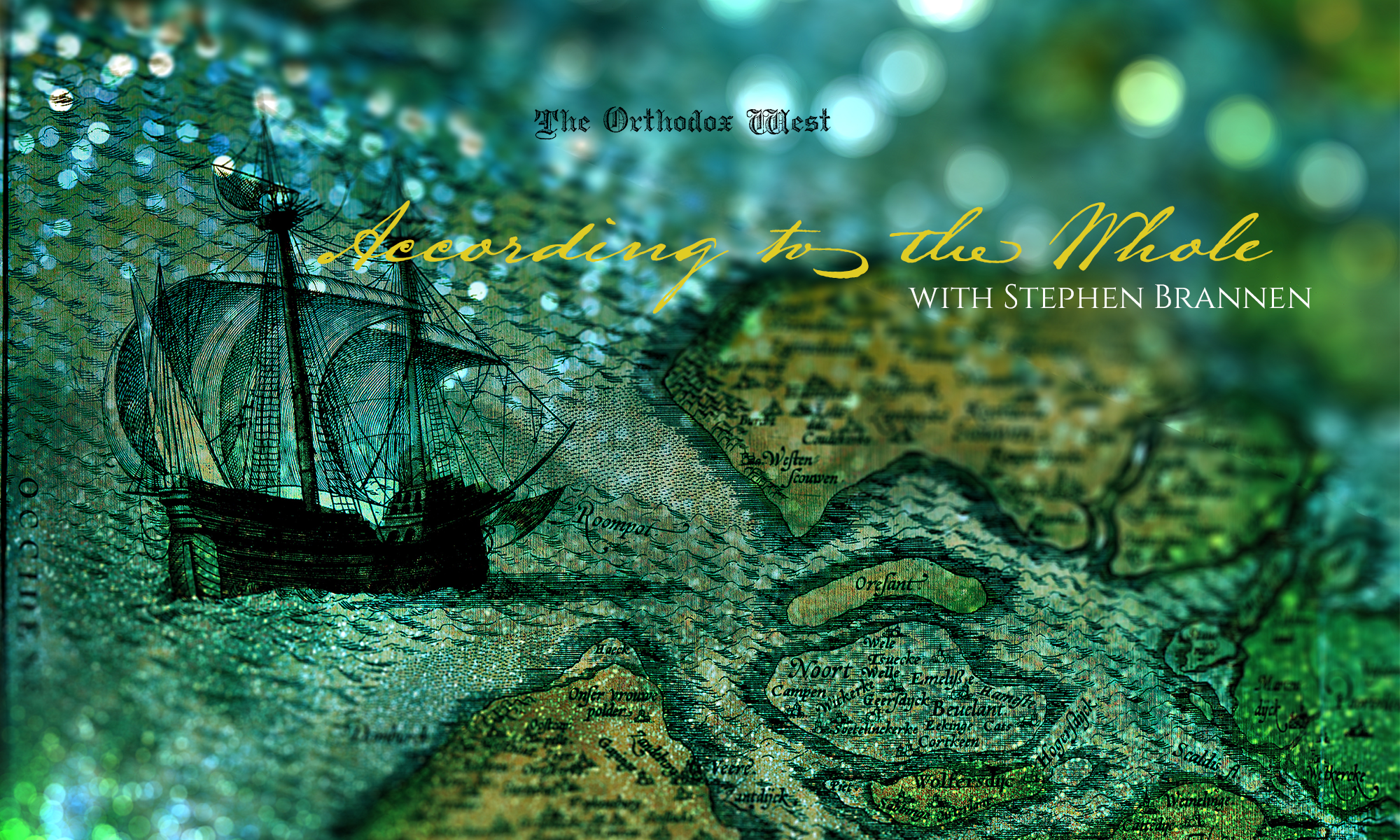When you picture the resurrection of Christ, what do you think of? For centuries Christians have been depicting Christ’s resurrection. In both East and West, there’s no shortage of icons, paintings, frescoes, mosaics, stained glass windows, and relief carvings of the subject. But sometimes these images depict very different looking scenes while using the same title “Resurrection.”
If you do an image search for “resurrection icon”, you’ll see what I mean. The majority of images you’ll see are of Christ, surrounded by a mandorla, lifting Adam and Eve from their tombs and standing on the knocked down doors of Hades. The most famous instantiation of this icon is the fresco from the Chora Church in Istanbul (Constantinople). At the top of the fresco is its title: ‘Η ‘ΑΝΑΣΤΑΣΙΣ (The Resurrection). But this Anastasis (lit. “standing up” in Greek) isn’t the bodily event which left the empty tomb that Mary Magdalene and Peter and John found. In this image, the only ones “standing up” again appear to be Adam and Eve, rising from their graves.
The event this image depicts is more often in the West called the “descent into Hades,” or the much more English “Harrowing of Hell.” This event is also frequently depicted in Western art, though with some distinctions. Just like in the East, the Western images show Christ entering Hades, often shown as some dark cave or–much more interestingly–as the jaws of a huge beast or dragon. And Christ is always seen leading Adam, Eve, and other Old Testament righteous people out of the darkness. Only in the Byzantine tradition, however, are Adam and Eve (but curiously not the other righteous dead) rising out of tombs.
Why are they in tombs when they’re already in the realm of Hades? It may be to foreshow the general resurrection of the dead at the end of the world, or it may be in reference to that mysterious passage in St. Matthew: “And, behold, the veil of the temple was rent in twain from the top to the bottom; and the earth did quake, and the rocks rent; And the graves were opened; and many bodies of the saints which slept arose, and came out of the graves after his resurrection, and went into the holy city, and appeared unto many” (Mt. 27:51-53).
In distinction to this image is the image of Christ actually rising from his own grave, in the flesh, on Easter morning [1]. In these depictions his grave is shown as a cave or cleft in the earth, or sometimes it’s shown as a constructed tomb, a kind of sarcophagus. The other figures shown with him are often those mentioned in the Gospel accounts: the angel(s) and/or the Roman soldiers immobilized with fear.
The West has more often thought of the scene depicting the physical resurrection of Christ when contemplating Easter, while the East has historically defaulted to the image of Christ’s descent into Hades; but it’s important to stress that both East and West are familiar with and depict both scenes in their own artistic traditions.
The fact that both scenes sometimes get the title “Resurrection,” at least in the East, can be confusing, but it’s a good reminder that the physical Resurrection on Easter morning would not have been complete–nay, would not have been possible–without the descent into and harrowing of Hades. The “standing up” of anastasis requires Christ’s feet to be planted on the bottom of reality; he had to go the lowest in order to raise the captives there with him to the highest. The resurrection was a two-step process, both steps incomplete without the other: the descent into Hades wouldn’t have been victorious without the physical resurrection, and the physical resurrection wouldn’t have been possible without the defeat of the realm of the dead. Each tradition–East and West–hold the complete reality, but their distinct habits of emphasizing one or the other are complementary when fit together, and the balance is achieved according to the whole.
Here are some examples of Eastern and Western depictions of both scenes:
Descent into Hades







Physical resurrection of Christ







—————–
[1] The objection from some Orthodox persons that the physical resurrection of Christ is a concealed event that no one witnessed and thus cannot be depicted misunderstands the traditional depictions of it. These images don’t pretend to represent the realistic “how-it-was-done” of the mystery of Christ’s resurrection; instead they only depict what the Bible plainly tells us is the case: Christ is risen, the stone is rolled away and the tomb empty, and that angels and soldiers were present. Eastern images sometimes acknowledge the “hiddenness” of this moment by placing Christ in a mandorla, while Western images, not employing the same rules of Byzantine iconography, often acknowledge it by figuratively placing a triumphal cross scepter or banner in his hand (which he would not have literally been carrying as he exited the tomb).


